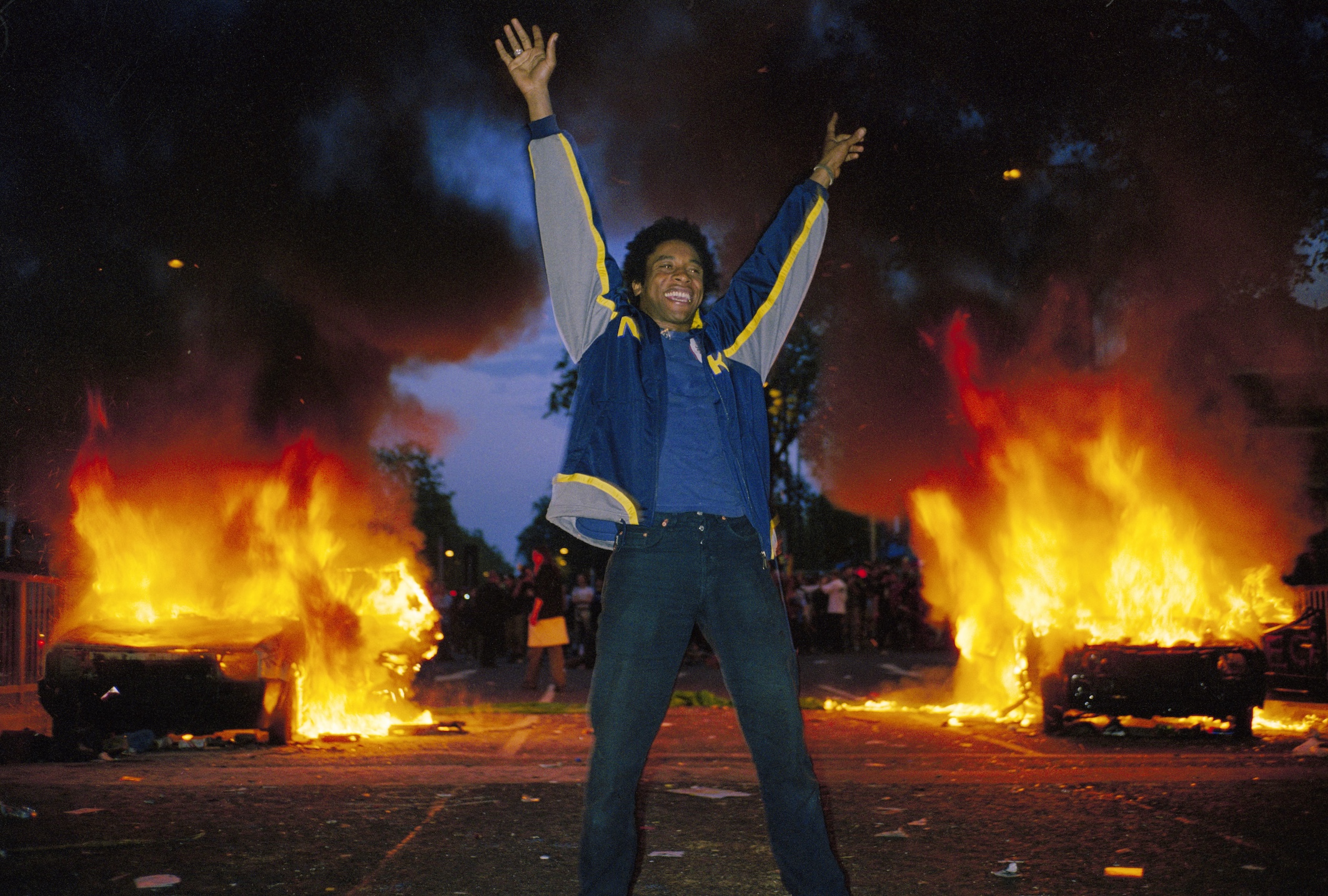© Vinca Petersen
Fotografia Europea is a northern Italian festival showcasing societal shifts via photography, with series hosted in an array of exquisite religious and secular edifices in Reggio Emilia
Artistic director Tim Clark, who has overseen the festival for its past five editions, says: “In terms of a physical setting for a festival it’s perfect: evocative and atmospheric venues, characterised by stunning architecture, all within walking distance of one another, dotted by terrific cafes and restaurants en route”. For its 20th edition – running from 24 April to 8 June 2025 – ‘Being Twenty’ felt like the apt theme. The festival is celebrating like any 20-year-old would: embracing the thin line between youthful folly and adult decorum.
Although this is a hallmark anniversary year, each edition of Fotografia Europea strives to integrate international and Italian artists alike: “to ensure that local and national talents are being sufficiently platformed and rewarded for their authorship while introducing audiences to some of the most engaging image-makers working across the world today,” says Clark, who works alongside co-artistic directors Walter Guadagnini (photography historian and director of CAMERA – Centro Italiano per la Fotografia) and Luce Lebart (researcher and curator, Archive of Modern Conflict). “My mission has been clear: to inject the programme with fresh ideas, diversity and a global perspective, and at the same time further opportunities for visibility for exciting photographic positions emerging from Italy and honouring them in this context.”
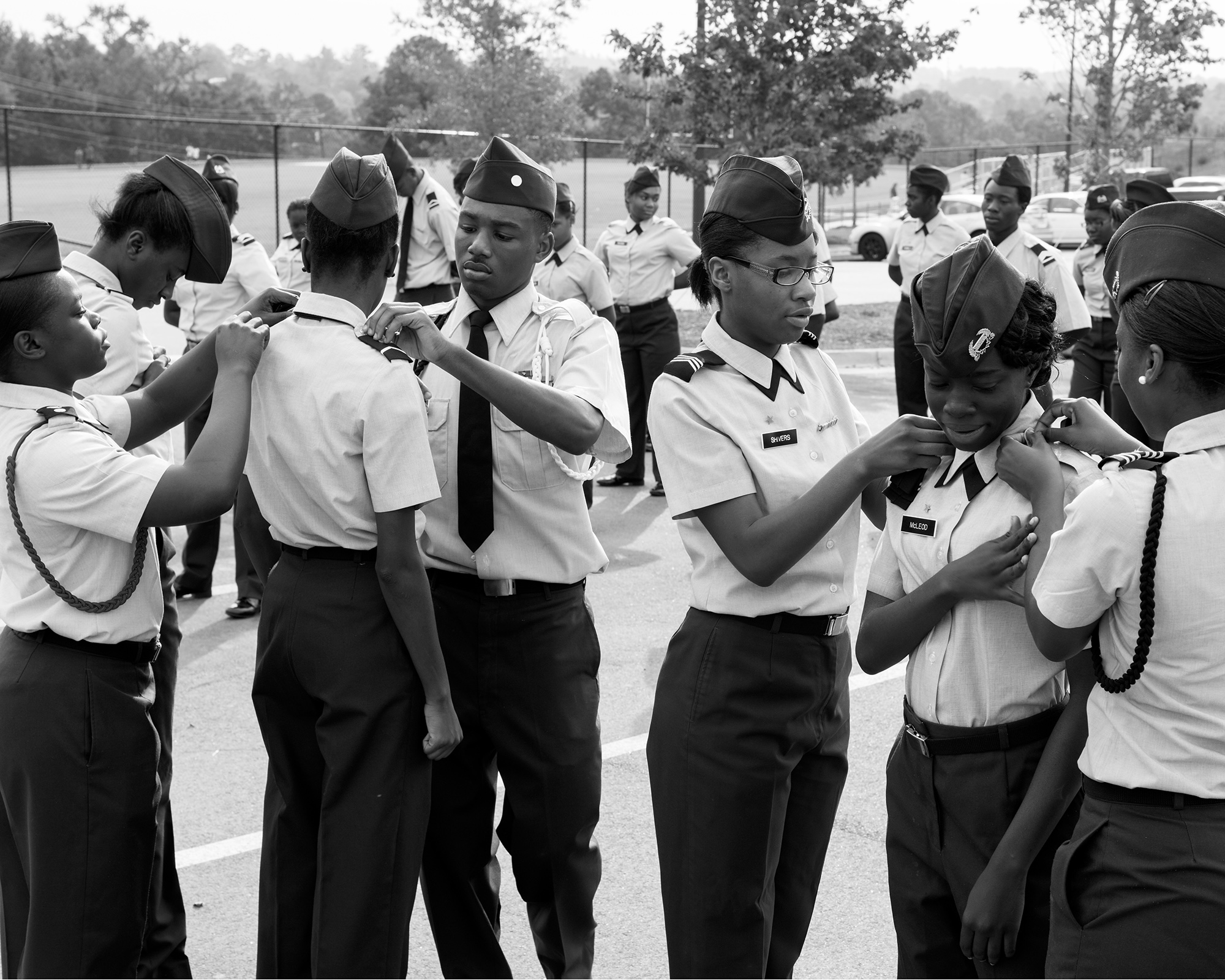
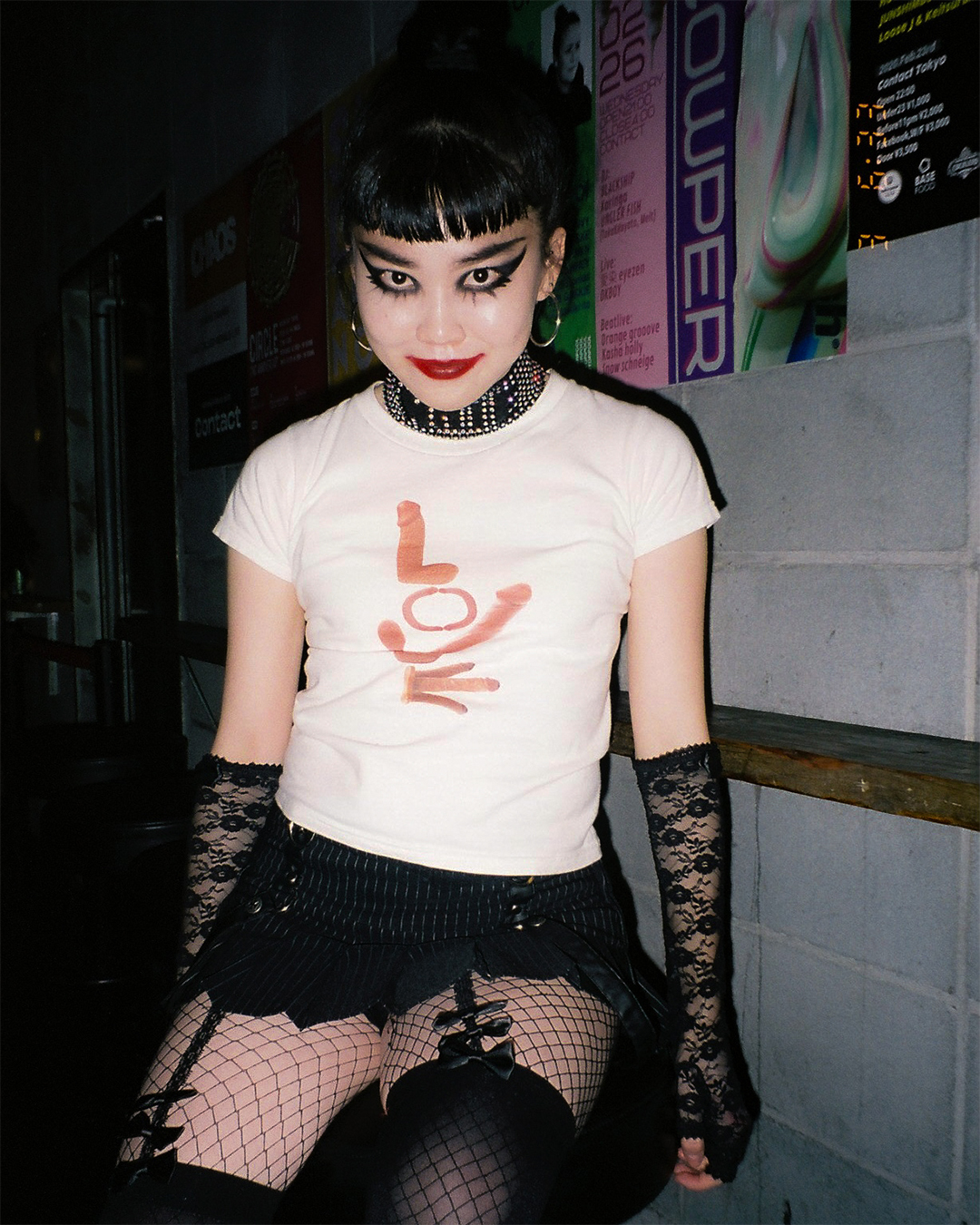
At Chiostri di San Pietro – an ancient monastery and marvel of Italian Renaissance architecture, restored to its original beauty in 2019 – 10 exhibitions are on view. Several are politically charged, such as British photographer Andy Sewell’s project examining forms of power and protest in close-ups; Thaddé Comar’s study of how Hong Kong demonstrators cleverly circumvented punishing surveillance systems with masks; and Iranian journalist Ghazal Golshiri and photo editor for French newspaper Le Monde Marie Sumalla scrutinising the Iranian uprising which broke out in 2022 after 22-year-old Mahsa Amini died following her arrest by the morality police.
In the same venue, various series examine youth culture, including Claudio Majorana’s spotlighting of adolescents at summer camps and in forests on the outskirts of Vilnius, Lithuania; further northeast, Toma Gerzha focuses on the life and environment of Generation Z in Eastern Europe before the project was interrupted by Russia’s full-scale invasion of Ukraine. Jessica Ingram documents the cadets at an American high school in Georgia; while Kido Mafon captures the underground nightlife of Tokyo on film using a Contax G1 in IFUCKTOKYO – DUAL MAIN CHARACTER. British photographer Vinca Petersen’s Raves and Riots also explores the highs and fears of release and adrenaline.
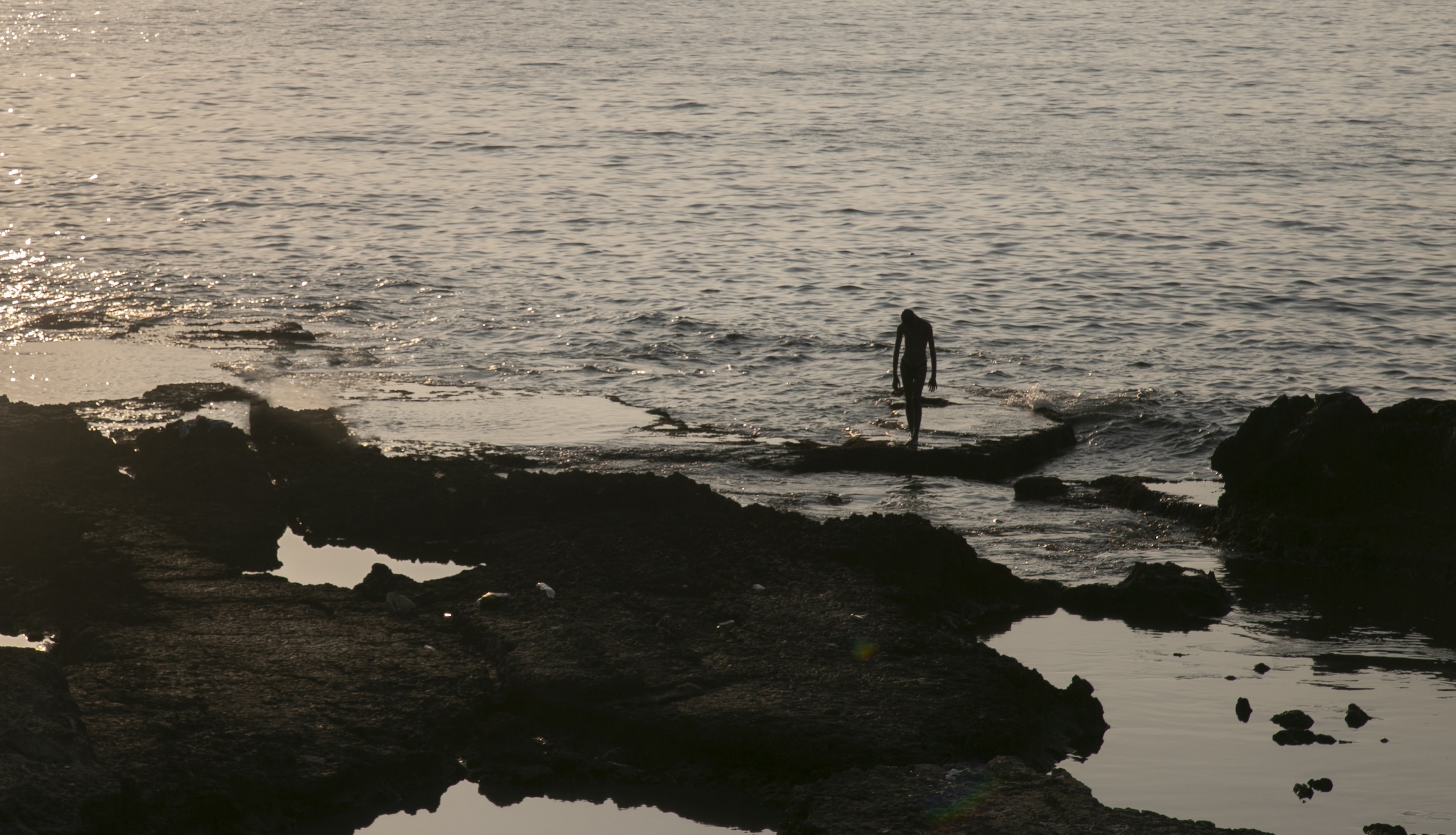
Migrating elsewhere across the globe, in an exhibition designed for the Italian Cultural Institute in Beirut, Rä di Martino has been chronicling, since 2023, the gathering places that a younger generation has been drawn to in Lebanon during this barbarous period of ever-escalating regional conflict.
On a different continent still, Women See Many Things brought together 30 young women from Kenya, Tanzania and Mozambique for photography workshops, overseen by women from these countries and organised by the Italian non-profit organisation WeWorld. The 2024 workshops are recounted at Palazzo da Mosto with its terracotta tondi and medieval floors, while the photographic output resulting from the workshops is exhibited separately, outdoors at the University of Reggio Emilia.
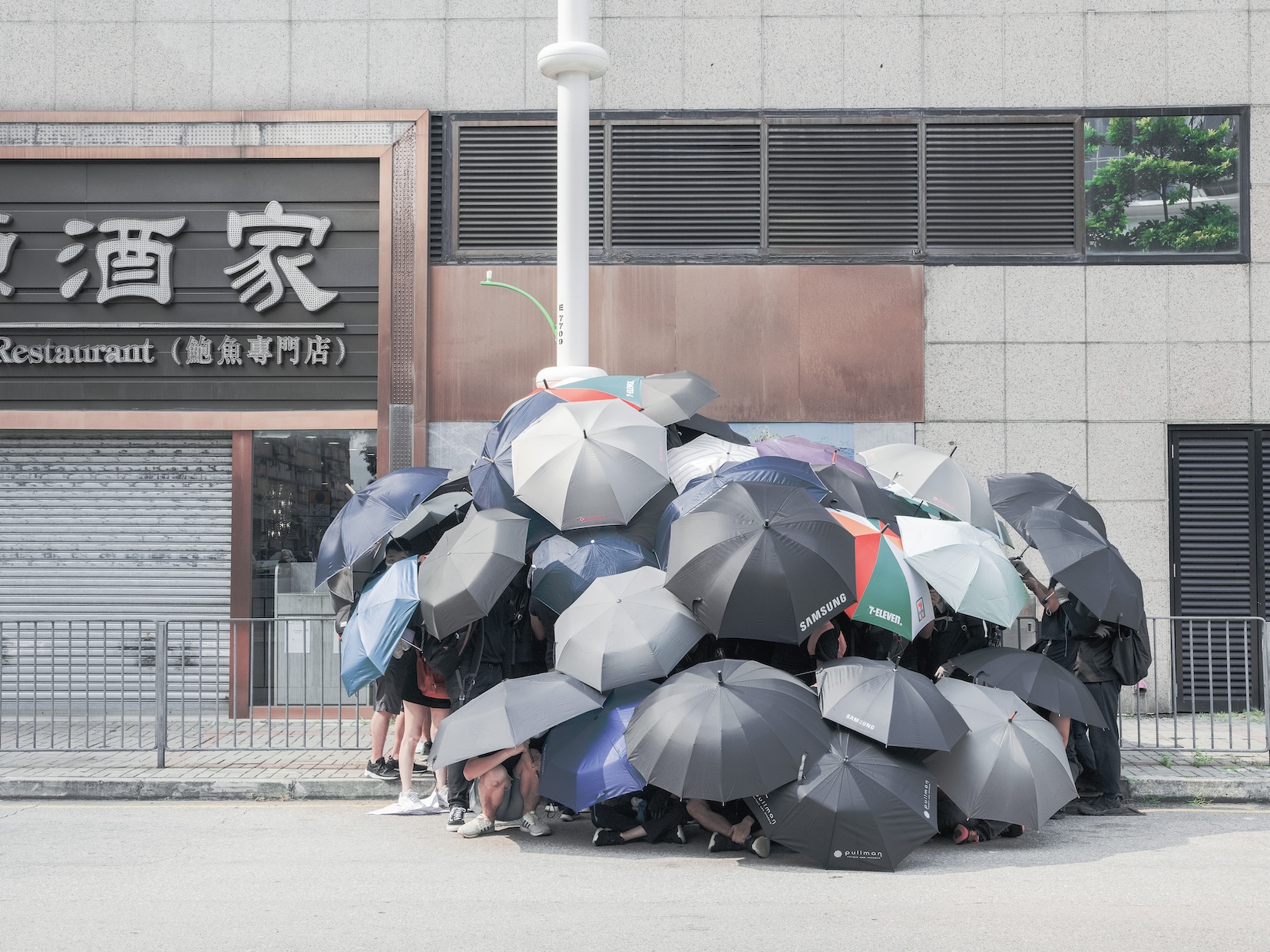

A series of partner exhibitions have been organised by cultural institutions throughout the area. Further away, the Palazzo dei Musei, a mid-18th century former military arsenal, hosts two exhibitions delving into image history as shaped by the approach of Luigi Ghirri, who taught in the region at the Università del Progetto between 1989 and 1990. (As David Campany once put it, Ghirri “could not, and would not, separate his love of making photographs from his love of looking at the photographs of others that he admired.”) Closer to the centre, an exhibition at Collezione Maramotti – which boasts a permanent exhibition of Italian and international art from the 20th and 21st century – has a solo show dedicated to Viviane Sassen’s work, curated by the artist herself and dialoguing with sculptures in the museum. It consists of more than 50 images produced between 2005 and 2025, with several new works made specifically for this show.
Not only will the Biblioteca Panizzi host an exhibition about the first 20 years of photography from its own collections, notably examples of early photography and pioneering scientific experimentation via daguerreotypes and ambrotypes, it also houses 1,500 works Fotografia Europea has been progressively collecting. The acquisition policy mainly encompasses absorbing projects commissioned by the festival, plus agreements with artists and donations.
Ultimately, the focus of this festival’s edition serves as “a cry for commonality in a time of polarisation,” notes Clark, “without flattening out people’s experiences”.

